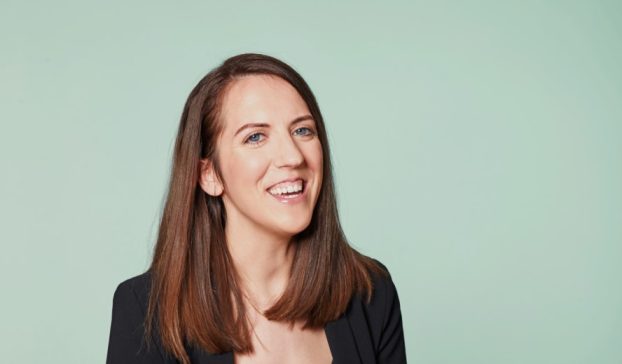Lyft is coming to Canada and business observers are readying for its battle with the now-entrenched Uber (and, presumably, the the now-disrupted taxi industry).
The service is planning a December debut in Toronto, a city that served as a front line in the taxi industry’s battle with Uber’s disruptive business.
There’s likely to be some consumer-facing marketing battle as Lyft attempts to disrupt the disrputor, but there’s one person who’s fought this fight before and has some singular marketing advice for Lyft’s Canadian executive team.
“Focus on the drivers, and make sure the drivers are the heroes of the service,” says Justin Raymond, former president of Hailo North America.
Raymond helped launch the competing U.K.-based ride sharing service in Canada mere months after Uber landed in 2012, overseeing its brief but relatively successful stay in Toronto. While the service shuttered North American operations in 2014, Raymond initially wanted to keep the Toronto operation afloat due to a strong user base and positive business prospects (Hailo didn’t divulge its user numbers, but CEO Tom Barr went on record saying its strength in Hogtown was hindered by weaker performances in cities like Chicago and New York).
Strategy asked Raymond for his opinions on Lyft’s imminent arrival. He says that while Uber has done good work cementing its user base while operating as the only service of its kind in Toronto, he sees tremendous value in Lyft’s brand and reputation.
Where Uber has found strength in strong technology plays and diversification through services like Uber Eats, “Lyft has always positioned themselves as a community-oriented brand. They’re of the people. They support charities through their apps, letting users support charitable groups by rounding up their fares. They use their innovation to build community trust.”
Lyft says its app has already been downloaded 50,000 times in Toronto, likely among business travellers, so the brand won’t starting from scratch in its new market. While Raymond expects the usual marketing moves of discounting and couponing to bolster those numbers, he says it will be customer experience that determines Lyft’s future here.
Raymond’s approach in Toronto was driver-focused, understanding that the diverse group of drivers – both professional cab drivers and regular people just making cash on the side – served as brand advocates. He sought to establish a good relationship with them by creating a better employee experience than that offered by traditional cab companies, opening the Toronto headquarters to drivers with a lounge, a separate prayer room, and hosting monthly free lunches.
Hailo certainly made investments in a smooth technical experience for Hailo’s app users, and media spend was necessary to drive awareness. But Raymond says turning trial into loyalty came down to what happened after a Hailo car pulled up to the curb. That was in drivers’ hands exclusively.
“The most effective thing we ever did was create a flawless service that people fell in love with and used over and over again, recommending it to friends. That’s what all mobile brands shoot for.”
























